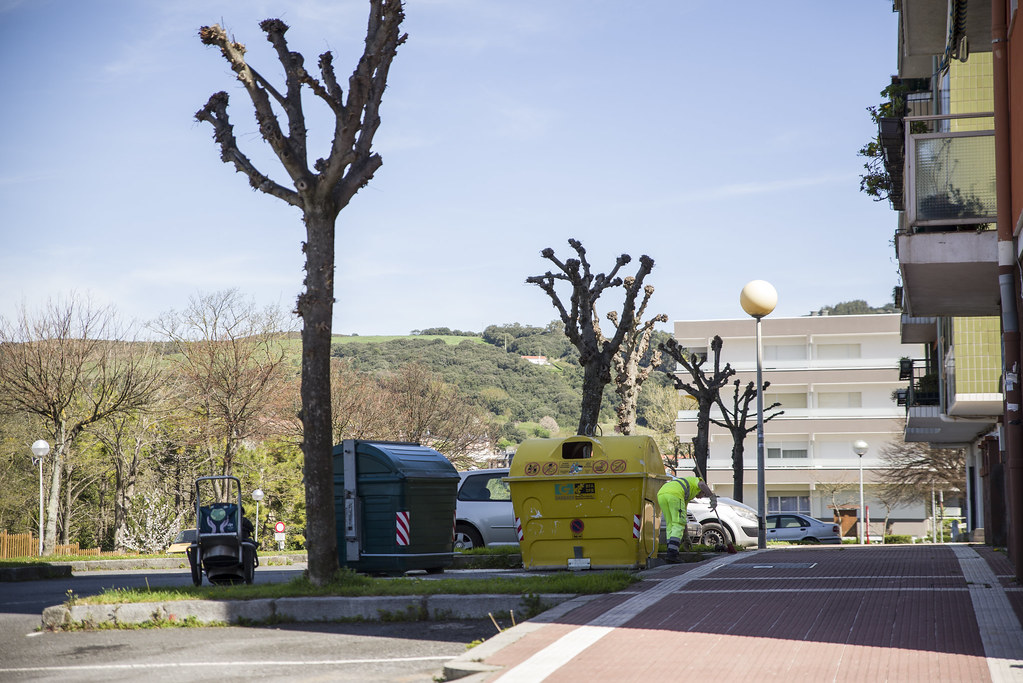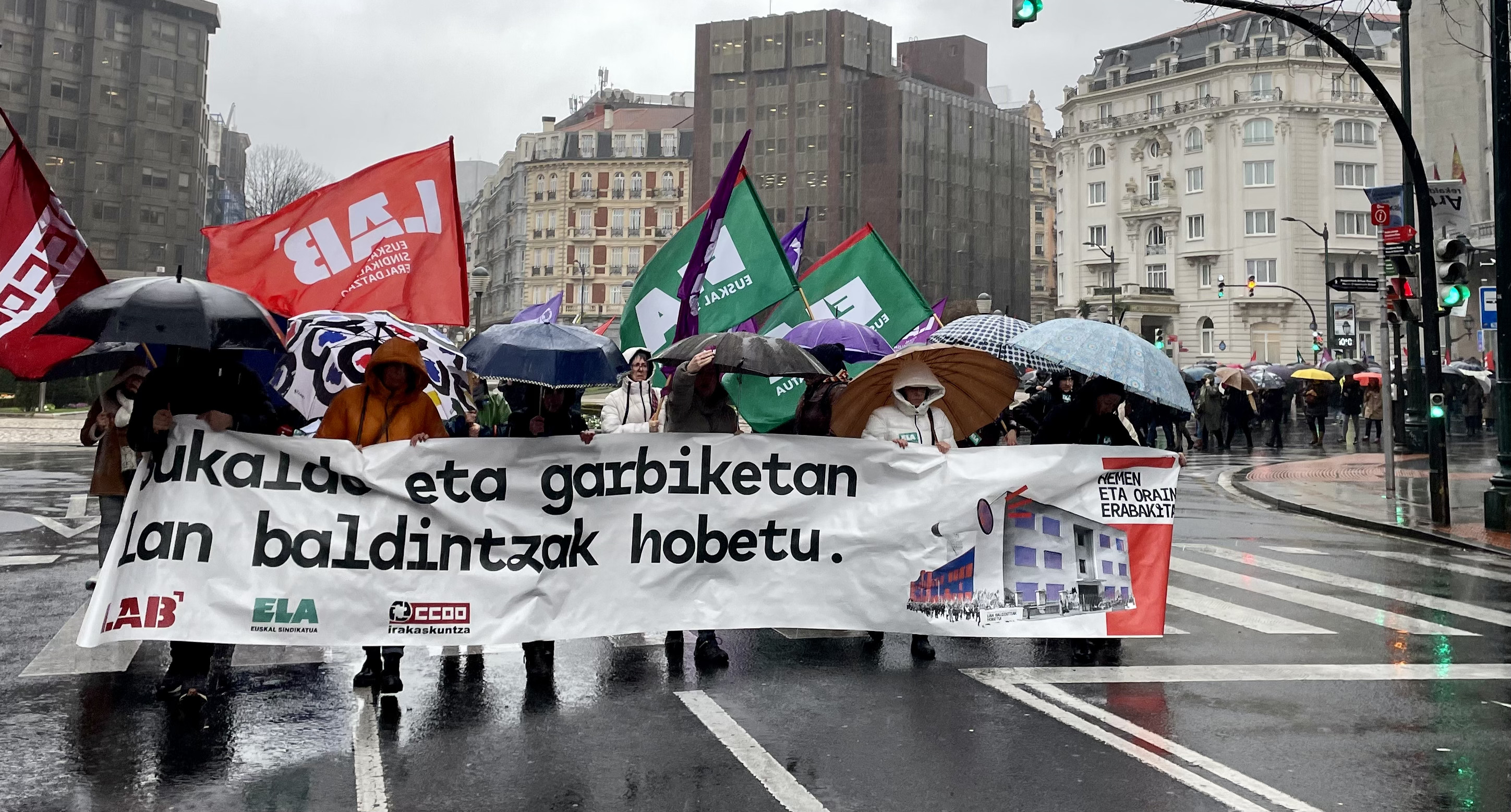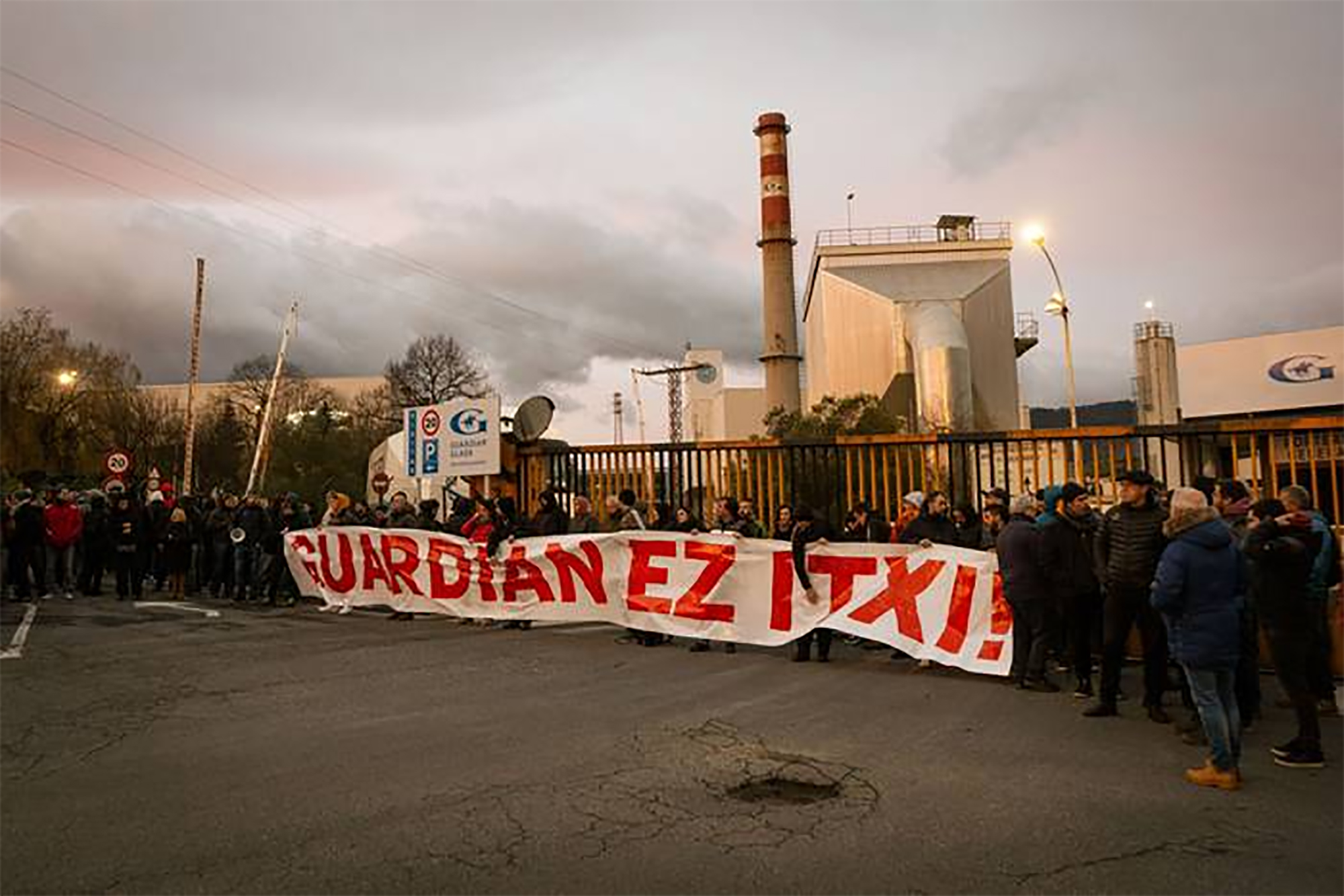February 15 strike in Navarra: success or not?
- More than 4,000 people met at the afternoon demonstration in Pamplona, more than at the previous session of the Government of Navarra in the morning. Trade unions denounce excessive minimum services and positively value unemployment.

According to data from the Government of Navarra, 10.69% of the Osasunbidea staff went on strike, but it should be noted that of 8,261 workers, 4,359 called minimum services. In the general administration, of 17,890 workers, 1,991 provided minimal services and 2,262 people (14.23%) went on strike.
The most frequent unemployment in education was 1,907 people (17.42%). In education, especially in model D, according to the data. Even without data, especially in the morning, but also in the afternoon demonstration, some talked about it, especially because in the mobilization there was a lot of Basque. In the Public Administration of Navarra 29,000 people work.
And as usual in strikes, the next day comes the war of valuations. In this case, the Government of Navarra says that it takes account of the protest and is prepared to sit at the negotiating table, but that it will not offer wage increases above the proposals made so far. It is to be assumed that the trade unions will be strengthened to the negotiating table, because in such a short time they have demonstrated a level of mobilization on the street.
But what is more or less? On the one hand, minimum services distort data, but on the other hand, not reaching 20% where 29,000 people work is a lot that could be said. In any case, it should be compared with other strikes in the administration, and that is one of the keys, that the administration is not exactly the one that has a tendency to strike. We should compare ourselves in the 2008 screening in the years 2010 and 2012, as there has been no strike in the next ten years. It can therefore also be considered positive to do, even more so if thousands of workers are mobilised in the streets.
Mobilisation and strike are not part of the strengths of the administrative sector, but cuts have hit the field heavily in recent decades, causing egalitarian work or more to take place with a similar number of people and worse working conditions. Beyond the data, there is another value to the mobilization of Wednesday: the defense of the service and the public sector against the increasingly strong privatizations in society.
In a demobilized society, if it is taken as a starting point for mobilisation or labour conflict, the strike of 15 February will be interesting, because, with the difficult times ahead, the loss of the public sector, that is, the public services we receive citizens, will continue.
The Department of Education doesn't understand why public employees have gone on strike. He's got to ask the LAB Syndicate. This union signed an agreement with the department in April 2023. Two years later they have also called for a strike because, unlike the previous ones, the... [+]
The year 2025 will lead to a general policy of establishing shorter working weeks, bringing low costs for new hires for companies and an effective direction of change in labour relations.
With the aim of complying with the Spanish government agreement, the reform to shorten the... [+]
I received your e-mail in personal mail on the strike portals. At first, like many others, I thought it was to let you know what options we have in the face of the strike. But no, the e-mail received was a political and communicative movement against the strike.
I will confess... [+]

















.jpg)



